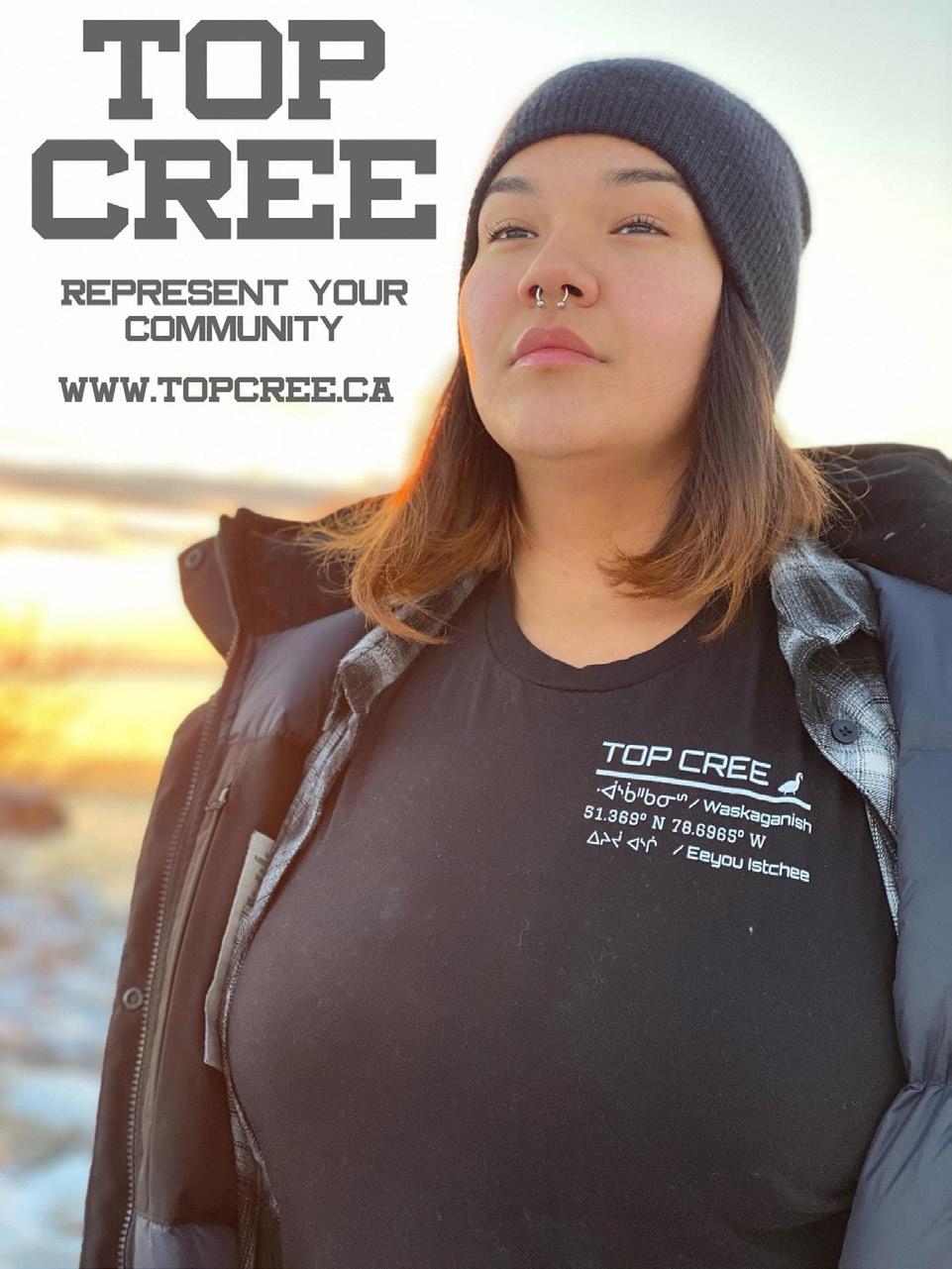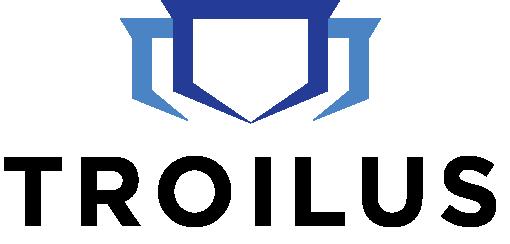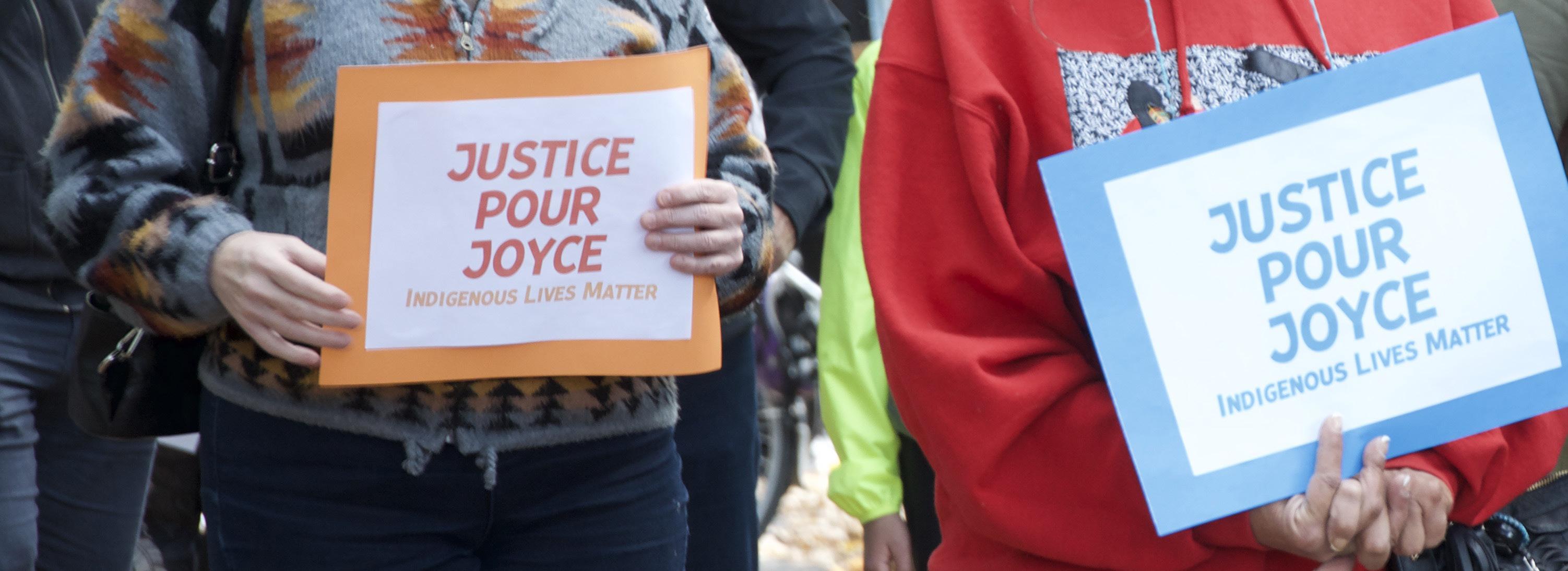
8 minute read
Montreal’s reconciliation strategy
Plan aims to improve lives of Indigenous residents, build relations with Indigenous governments
by Ben Powless
Advertisement
Montreal announced a new reconciliation strategy in early November, with the goal of improving the city’s treatment of Indigenous residents and relations with Indigenous leadership, including the Cree Nation Government (CNG).





The CMEB Aims to
• Assist the Crees in accessing mineral exploration opportunities. • Facilitate the development of mineral exploration enterprises with Cree entrepreneurship. • Help encourage the Crees and Cree enterprises to benefit from Quebec’s regular funding programs as well as other provincial assistance allocated to mineral exploration activities. • • Act as the main intermediary between offers and demands of services made to Cree enterprises in matters relating to mineral exploration.




THE CREE MINERAL
EXPLORATION BOARD
21 Hilltop, P.O. Box 150 Wemindji, QC J0M 1L0 T: 819-978-0264 x327 cmeb.org
The strategy comes after two years of consultations carried out with 30 Indigenous-focused organizations by the city’s commissioner of Indigenous affairs, Marie-Ève Bordeleau, who is of Cree heritage from Waswanipi.
The five-year plan contains 125 commitments divided into seven objectives, including developing government-to-government relations, supporting the urban Indigenous community, improving Indigenous residents’ sense of security, dealing with Indigenous homelessness, and supporting Indigenous cultures.
At the launching of the initiative, Montreal Mayor Valérie Plante said the city is committed to the reconciliation process, but that there was only so much a city can do, with things like funding commitments requiring the participation of the provincial and federal governments. The strategy’s launch was delayed from the spring due to the Covid pandemic.
“Today, the City of Montreal commits to developing and maintaining strong relationships with its First Nations and Inuit partners. Collaboration is more than ever essential to ensuring the quality of life and security of Montreal’s urban Indigenous community,” Plante stated in the strategy.
Ghislain Picard, Chief of the Assembly of First Nations QuebecLabrador, is quoted in the strategy: “The essence of the principle of reconciliation is rooted in the traditional values that forge our cultural identity as Indigenous peoples. We are proud that this heritage can be translated today into the actions put forward by the leadership of the city of Montreal.”
There were over 35,000 Indigenous residents in Montreal, a growth of 211% since 2001, representing 0.7% of the city’s total population.
The strategy comes after repeated criticisms of discrimination and racism by the city and province. A 2019 report showed that Indigenous peoples in Montreal were 460% more likely to be stopped by police than white people, and Indigenous women were 1,100% more likely to be stopped than white women.
The 2019 Public Inquiry Commission on Relations between Indigenous Peoples and Certain Public Services in Quebec (aka the Viens Commission) report made 142 calls to action in response to racism against Indigenous peoples across Quebec.
Montreal’s public consultation office also issued a report in 2020 detailing systemic racism and discrimination across the city.
Commissioner Bordeleau said that the strategy was inspired by the Truth and Reconciliation Commission’s (TRC) calls to action, which recommended all levels of government start their own reconciliation processes.
Twelve of the TRC’s recommendations are specifically applicable
- Marie-Ève Bordeleau, City Commissioner of Indigenous affairs
to cities, including sections that deal with languages, culture and justice.
Montreal is the first municipality in Quebec to develop a reconciliation strategy, following cities like Toronto, Vancouver and Winnipeg.
Bordeleau said it is important for the city to try to implement the calls to action coming out of the Viens Commission, the TRC, the National Inquiry into Missing and Murdered Indigenous Women and Girls, Montreal’s public consultation office, as well as the United Nations Declaration on the Rights of Indigenous Peoples.
“We’re trying to make sure that we improve the living conditions of our urban Indigenous community and services for urban Indigenous people, so people feel safe, so the relation with police is improved, so there’s no more systemic discrimination with city services, that we develop ongoing relations and communication with Indigenous communities including the Mohawks and Cree and with Indigenous organizations like shelters and artists groups,” Bordeleau said.
Bordeleau described the document as an educational tool, noting how it talks about the history of different Indigenous groups in and around Montreal, the history of the Two Row Wampum, and the history and realities of Indigenous peoples today in Montreal.
She stressed that reconciliation isn’t a process just for Indigenous groups, but for everyone to be working collaboratively in a healing process. “It’s important to stress that the success of this strategy is the collaboration and partnership with different Indigenous partners and that we all have to be part of the reconciliation process.”
She highlighted Mayor Plante’s meeting with Grand Chief Abel Bosum to discuss the relationship between the two governments in June 2019, when the CNG proposed projects to collaborate on. This includes the repatriation of items held by the Montreal art collection to Eeyou Istchee.
“These are the types of projects we can develop with the Cree Nation Government, and we want to continue the communications channels. Many Cree Nation Government members reside here or come here for services so it’s important that they are part of the community,” Bordeleau said.
The recent death of Joyce Echaquan in a Joliette hospital served as a reminder that racism and discrimination still exist in public services, she added, but that this strategy towards reconciliation was an important first step to stopping racism and discrimination in the city.
“The fight against racism and discrimination against Indigenous peoples starts with reconciliation processes where our histories and realities will be understood and our rights respected,” Bordeleau said.
“Ensuring relations and communications with different Indigenous partners and the urban community as a Cree woman is not only a job, it’s a goal, an objective, a passion. I’m working for my community, my brothers and sisters and all of us. The reconciliation strategy and process reflect that – it’s a personal commitment.”



Happy Holidays & Happy New Year 2021


Laurentia Project: Port of Quebec Deep-Water Wharf - Beauport Sector Public Comments Invited & Virtual Information Sessions
What is happening?
November 16, 2020 — The Impact Assessment Agency of Canada (the Agency) is conducting a federal environmental assessment of the proposed Laurentia Project: Port of Quebec Deep-Water Wharf - Beauport Sector, located in Quebec.
The Agency invites the public and Indigenous groups to comment on the draft Environmental Assessment Report, which includes the Agency's conclusions and recommendations regarding the potential environmental effects of the project and their significance, the proposed mitigation measures, and the follow-up program.
The Agency also invites comments on the potential environmental assessment conditions for the project. Final conditions would become legally-binding on the proponent if the project is allowed to proceed.
The Agency recognizes it is more challenging to undertake meaningful public engagement and Indigenous consultation in light of the circumstances arising from COVID-19. The Agency continues to assess the situation with key stakeholders, make adjustments to consultation activities, and is providing flexibility as needed in order to prioritize the health and safety of all Canadians, while maintaining its duty to conduct meaningful engagement with interested groups.
How can I participate?
Comments can be submitted online by visiting the project home page on the Canadian Impact Assessment Registry (reference number 80107). All comments received will be published online as part of the project file.
Written comments in either official language will be accepted until December 16, 2020.
For more information on environmental assessments and alternative means of participating in the process, visit the Agency's website at canada.ca/iaac.
Virtual Information Sessions
The Agency is holding virtual information sessions that will take place on December 8, 2020 from 4:30 p.m. to 9:30 p.m., and December 10, 2020 from 4:30 p.m. to 9:30 p.m., Eastern Standard Time.
The virtual information sessions will include presentations from Agency’s representatives on the draft environmental assessment report and potential conditions, followed by a question period online or on the phone. Federal experts will also be available to respond to questions from participants.
For more information on how to attend the virtual information sessions, visit the registry page or contact the Agency at: iaac.quebecportproject-projetportquebec.aeic@canada.ca or 418-649-6444.
Will there be more opportunities to participate?
This project has benefited from several public and Indigenous consultation opportunities. This is the final public comment period in the process.
Follow us on Twitter: @IAAC_AEIC #PortofQuebecWharf
What is the proposed project?
The Quebec Port Authority is proposing to extend the line of the existing wharf eastward by 610 metres in order to operate a deep-water terminal dedicated to containerized general cargo. The 31.7-hectare project would include the construction of a new berth and a retaining dike that would allow for the development of an additional 17 hectares of backshore space. The project also includes the construction of rail lines and road accesses, the reconfiguration of two outfalls and Henri-Bourassa Boulevard with the addition of an overpass, as well as the reconfiguration of part of the Port of Quebec's existing land for truck loading and the relocation of part of the recreation and tourism area for the development of the operations support area and the storage of empty containers.
For more information on the Agency’s privacy policies, consult the Privacy Notice on its website at canada.ca/iaac.








